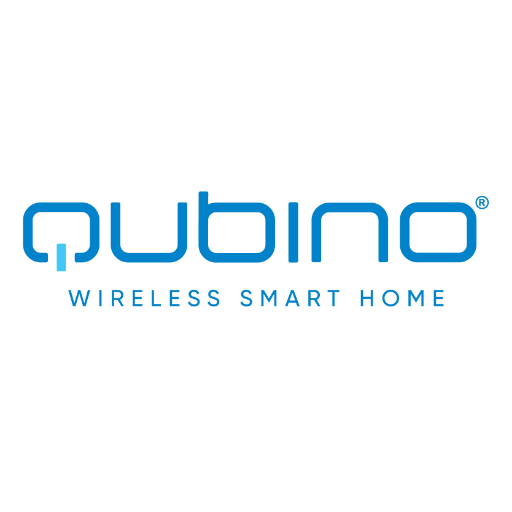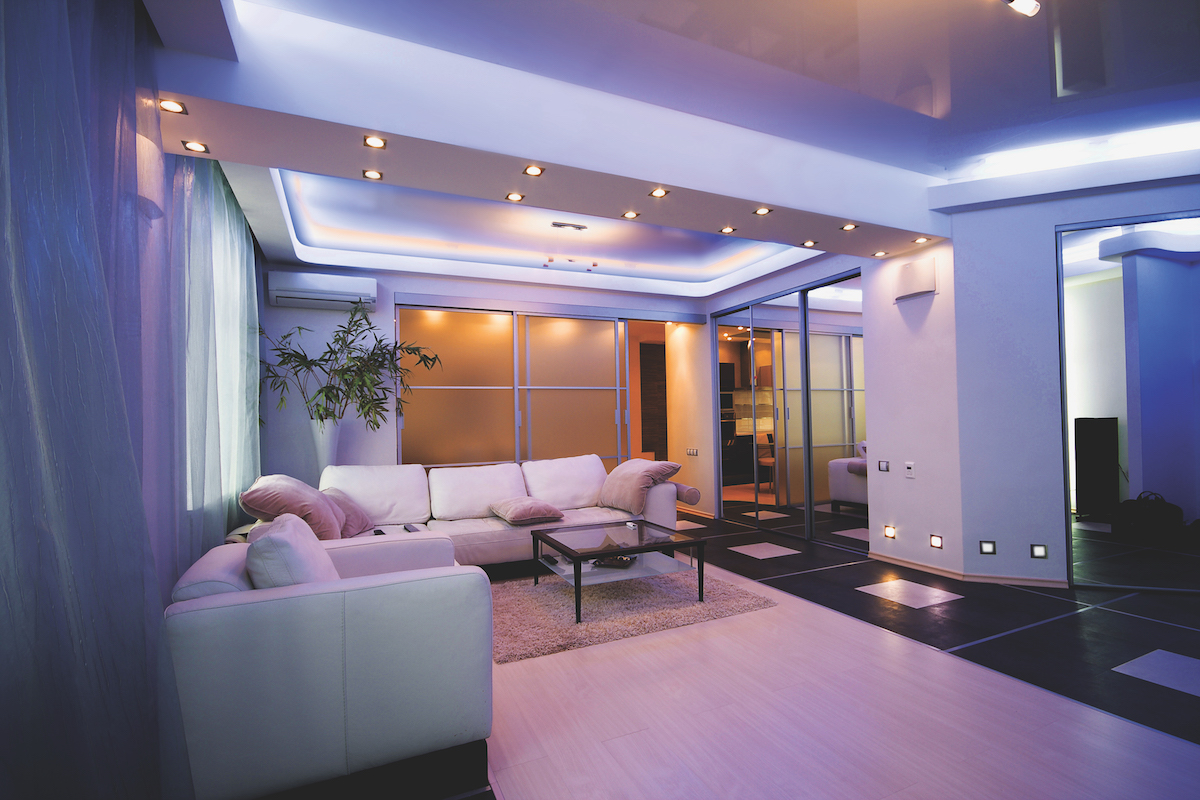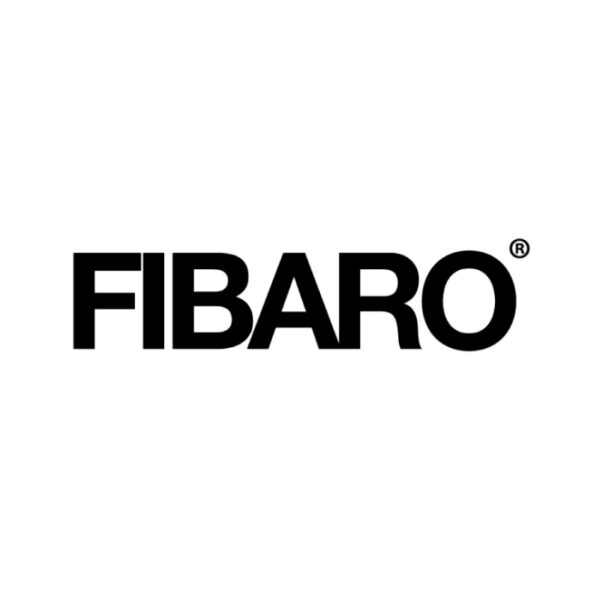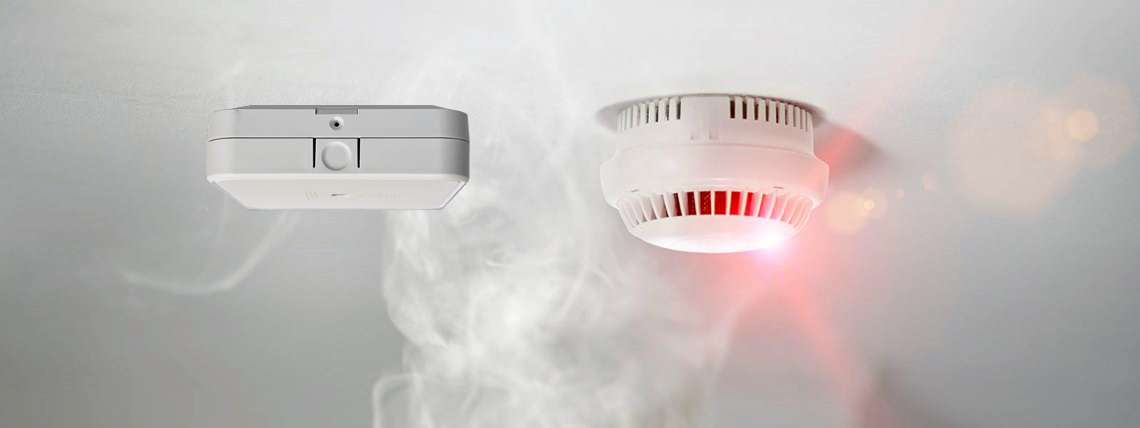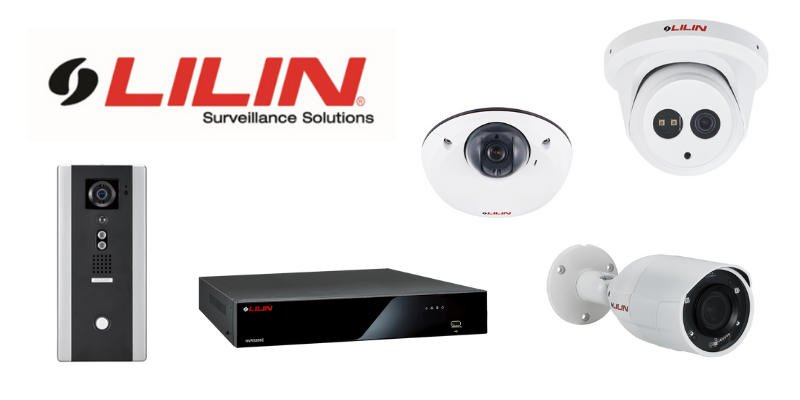Smart Lighting Control and Dimmers can be confusing at first. This article helps to break it down for new Z-Wave installers.
Dimmability refers to the ability for something to be dimmed – able to have illumination decreased in brightness. While initially dimmable lighting was introduced to decrease energy consumption and costs the introduction of LED light bulbs meant most users now use them for convince. These are now a great solution for the mood in your home – great for movie nights or parties.
An important thing to note is that both dimmable and non-dimmable light bulbs exist on the market. Before your installation you have to ask yourself, do I want to control my light bulbs by dimming the brightness from min to max level or do I only need them to switch on and off?
In case you need your light only to go on or off, you can use a dimmable or non-dimmable bulb. But if you want to dim it, then only a dimmable bulb can be used.
Dimmable Light Bulbs
The most common dimmable light bulbs include:
- Incandescent and halogen light bulbs
- Fluorescent light bulbs are known also as CFL
- LED light bulbs
While these are all dimmable there are differences among them. All incandescent and halogen lights can be dimmed, additionally they’re more compatible then CFL and LEDs, these filament bulbs can dim down to about 1-2% of total output power. On the other hand, not all CFL and LED lights are dimmable. Additionally, LED and CFL lights have in majority lower dimming range compared to filament ones, A quality LED or CFL lamp may only support dimming down to about 10-15 % of total output power. It’s important to keep this in mind before starting your next project.
There are also step dimmable bulbs available on the market. These are simple bulbs that, in most cases, offer 10, 50 and 100% dimming ranges.
Non-Dimmable Bulbs
With a non-dimmable light bulbs, decreasing and increasing brightness is not recommended, allowed, or even is not possible.
Nevertheless, in combination with a dimmer in dimming or ON/OFF mode, this bulb can work, with certain limitations. The limitation is that when the dimmer is in dimming mode, the bulb must always get 100% of the power supply, which is basically the same as you get when you put ON in ON/OFF mode. While this is not ideal it’s still commonly used when people don’t have access to dimmable lights or already have a full house of non-dimmables installed.
Smart Dimmers
Smart Dimmers are a big improvement on regular dimmers as they not only offer the usual dimming function, but also allow you to control the light remotely (plus other features). Smart dimmers offer a range of functions through a dedicated user interface, these include:
- remotely control the dimming level,
- check the status of the light,
- schedule when your lights will dim to a certain level,
- create other scenes in combination with other smart devices in your home
- measure usage statistics and energy consumption, etc.
Ultimately, Smart Dimmers offer convenience. With remote control from anywhere in the world dimmers from Qubino and Fibaro offer amazing Smart Lighting solutions for users.
Find out more about Smart Dimmer solutions with these insightful articles!